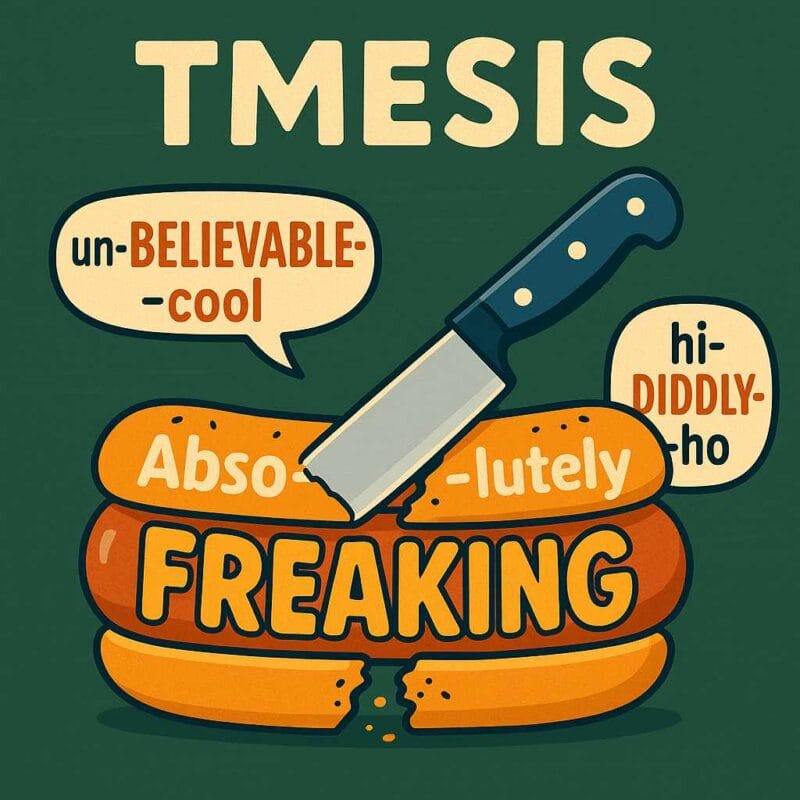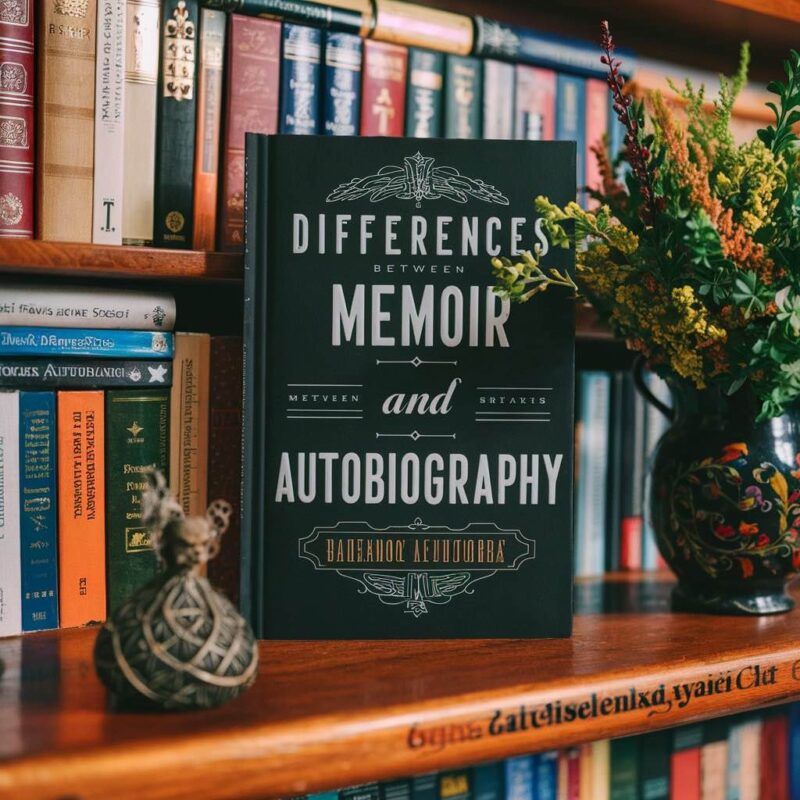Reader-response theory represents a pivotal shift in literary criticism. It relocates the source of meaning from the text to the active transaction between the page and the reader. This move challenges traditional foundations of interpretation and authority, situating the reader as the final arbiter of a literary work’s realized meaning.
This article examines that proposition in full. It details the theory’s core principles, introduces the figures central to its development, and analyzes its defining dialectic: the dynamic between the individual’s subjective encounter and the collective force of shared interpretation. The following sections provide a framework for understanding how literary meaning is generated through this interactive process.
Core Principles: The Architecture of Response
Reader-response theory constructs a distinct model for the literary event. This model rests on three constitutive propositions that redefine the roles of text and reader.
- Reading as constructive synthesis: Meaning is not extracted from the text but synthesized by the reader. Reading is an event of construction, where the reader actively assembles meaning from the linguistic data provided by the page.
- The conditioned reader: The reader does not engage from a neutral position. Every act of interpretation is conditioned by a unique confluence of cultural knowledge, historical context, and prior encounters with art. This confluence filters and interprets all textual signals.
- The incomplete text as invitation: The text operates as an incomplete schematic structure containing purposeful omissions, termed “gaps” by theorist Wolfgang Iser. These gaps require the reader’s constructive engagement to finalize the narrative or poetic form, as the text achieves its full aesthetic effect only through this collaboration.
Key Thinkers: Frameworks of Reception
The principles of reader-response theory were articulated and refined through the work of several pivotal critics. Each provided a distinct framework for understanding the mechanics of reception, moving from individual experience to communal constraint.
Louise Rosenblatt established the foundational concept with her “transactional theory.” In The Reader, the Text, the Poem (1978), she argued that a literary work is not an object but an event. She termed this event the “poem,” which comes into existence only through the active transaction between an individual reader and the text. Rosenblatt emphasized the reader’s unique personal history and emotion as the essential material for this event, which directly challenged the impersonal analysis of New Criticism.
Stanley Fish shifted the focus from the individual to the collective with his theory of “interpretive communities.” He argued that readers do not interpret in a vacuum but are always operating within shared systems of strategies and conventions established by communities (academic, cultural, historical). According to Fish, these communities “authorize” certain readings and exclude others; meaning is therefore not personal but a product of the interpretive norms one has been trained to employ. His work foregrounds the social and institutional power that conditions a text’s accepted meaning.
Wolfgang Iser provided a structural model for this transaction through his concepts of the “implied reader” and “textual gaps.” He proposed that texts are constructed with indeterminacies, which include omissions, ambiguities, and unresolved points. The reader’s role is to actively “concretize” the text by filling these gaps. This process draws upon the reader’s own imagination and worldview. For Iser, reading is a dynamic oscillation between the text’s given structures and the reader’s projections.
Together, these thinkers map the spectrum of reader-response, from Rosenblatt’s emphasis on private transaction to Fish’s analysis of public constraint, with Iser detailing the textual mechanisms that make the transaction possible.
Assessment: Strengths and Contentions
An assessment of reader-response theory requires examining its transformative contributions alongside the substantive critiques it has provoked.
Transformative Strengths
- Democratized interpretation: The theory successfully challenged the exclusive authority of the author and the professional critic, validating the cognitive and emotional work of every reader.
- Descriptive power: It provided a substantive framework for analyzing the actual process of reading, accounting for how different readers, or the same reader at different times, can arrive at divergent understandings of a single text.
- Pedagogical shift: It revitalized literary education by prioritizing student engagement and critical dialogue over the transmission of predetermined meanings, which encouraged more active and personalized learning.
Enduring Contentions
- The problem of constraint: The theory’s most significant internal debate centers on the limits of subjectivity. If meaning is produced by the reader, what prevents any interpretation, however idiosyncratic or ahistorical, from being deemed valid? Stanley Fish’s concept of “interpretive communities” is often invoked as a necessary corrective, introducing social and historical constraint.
- The status of the text: Critics argue that an extreme reader-centric approach risks diminishing the text to a mere Rorschach blot, undervaluing the specific linguistic and structural cues that guide interpretation and establish its parameters.
- Evaluative challenge: By legitimizing a plurality of meanings, the theory complicates the establishment of evaluative criteria for distinguishing between more and less compelling, rigorous, or defensible interpretations.
This assessment reveals that the theory’s strengths and challenges are often intertwined: while it empowers the reader, it also raises questions about interpretive boundaries and criteria.
Critical Tensions and Lasting Influence
The primary tension exists between the theory’s two poles: the sovereign individual reader and the constraining interpretive community. Rosenblatt’s and Iser’s models emphasize the reader’s creative, subjective activity. Fish’s model, in contrast, demonstrates how that activity is always already structured by external, communal conventions. This dialectic raises a persistent critical question: to what degree is any reading an act of individual creation, and to what degree is it a performance of socially inscribed norms? The theory provides the framework for this question but does not resolve it.
Consequently, reader-response theory transformed literary pedagogy and the wider landscape of criticism. In the classroom, it shifted focus from delivering authoritative interpretations to facilitating discussions where diverse readings are articulated and examined. Beyond education, it served as a crucial bridge to later critical movements (including poststructuralism and cultural studies) that further questioned fixed meaning and centralized authority. The theory’s core assertion—that meaning is an event rather than an object—continues to underpin contemporary approaches to literature that prioritize the dynamics of reception, identity, and cultural context.
Further Reading
Reader-response criticism on Wikipedia
Reader Response Criticism: An Essay by Nasrullah Mambrol, Literariness.org
Stanley Fish’s Reader-Response Theory Explained by culturalstudiesnow.blogspot.com
Reader-Response Theory, The Medium Problematic and “Whatness” of Literature by Can Özer, Medium




